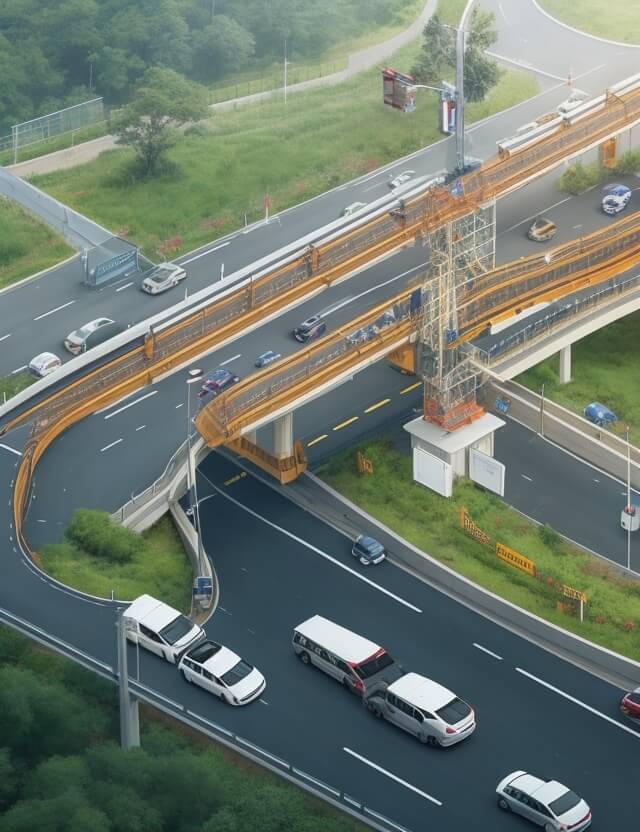
Smart Traffic Management and Control System
Introduction
Traffic congestion is a growing problem in urban areas worldwide. Traditional traffic light systems operate on fixed timers, which don’t adapt to real-time traffic conditions. Our Smart Traffic Management System project aims to revolutionize this by using a density-based algorithm to manage and control traffic signals effectively.

How It Works
The system consists of four signals, each corresponding to a road. Traffic cameras or sensors measure the density of vehicles lined up at each signal. The system then adjusts the signal timings based on this data, allowing the most populated road to clear out first. This dynamic approach ensures a smooth and efficient flow of traffic across all directions.
Key Features
- Density-Based Scheduling: The traffic light timings are adjusted in real-time based on the density of traffic.
- Graphical Traffic Strength Representation: The system provides a graphical representation of traffic density for better judgment and decision-making.
- Emergency Override: Traffic authorities can manually override the system to clear the way for emergency vehicles.
- Traffic Management Software: The backend software is robust, offering various analytics and reporting features.
Advantages
- Enhanced Performance: The system optimizes traffic signal timings, reducing the likelihood of jams and delays.
- Adaptive: Unlike traditional systems, this smart traffic management system adapts to real-time conditions.
Disadvantages
- Limited Rule Enforcement: The system does not have the capability to monitor or penalize traffic rule violations.
Future Scope
We are working on integrating features like traffic rule violation detection and more advanced analytics into the system. The project also has the potential to be scaled to include more intersections and even city-wide implementations.
Conclusion
The Smart Traffic Management and Control System project offers a significant upgrade over traditional traffic light systems. By using a density-based algorithm, it ensures that traffic flows as smoothly as possible, reducing delays and the likelihood of jams.
Sample Code
import time
# Simulated traffic density at each signal [North, East, South, West]
traffic_density = [20, 45, 30, 10]
def change_signal(signal_to_open):
print(f"Changing signal to open for {signal_to_open} direction")
# Add code here to interact with the hardware to change the signal
time.sleep(5) # Simulate the time the signal stays open
while True:
max_density = max(traffic_density)
if max_density == 0:
print("No cars at any signal. All signals are RED.")
time.sleep(5)
continue
# Find the direction with the maximum traffic density
max_density_direction = ['North', 'East', 'South', 'West'][traffic_density.index(max_density)]
# Open the signal for the direction with maximum traffic density
change_signal(max_density_direction)
# Simulate that some cars have passed; reduce the density
traffic_density[traffic_density.index(max_density)] -= 10
# Simulate new cars arriving at each signal
for i in range(4):
new_cars = int(input(f"Enter the number of new cars arrived at {['North', 'East', 'South', 'West'][i]} signal: "))
traffic_density[i] += new_cars
This is a very simplified example and doesn’t cover many real-world scenarios or optimizations. In a real-world application, you would replace the simulated traffic density with data from cameras or sensors and interact with actual traffic light hardware to change the signals.
In order to download the PDF, You must follow on Youtube. Once done, Click on Submit
Subscribed? Click on Confirm
Download Smart Traffic Management and Control System PDF






